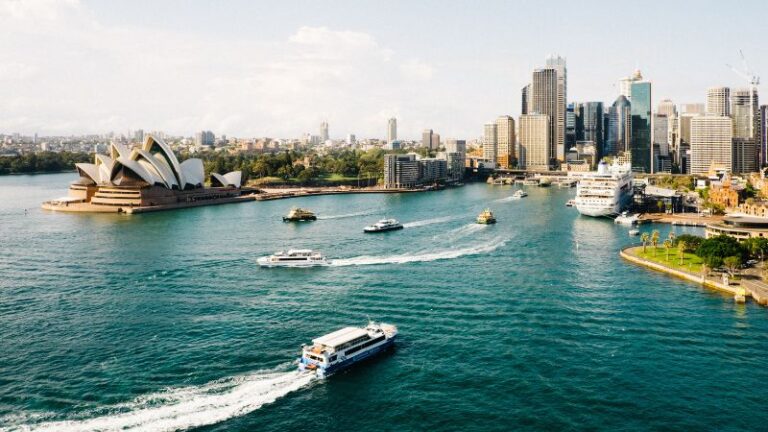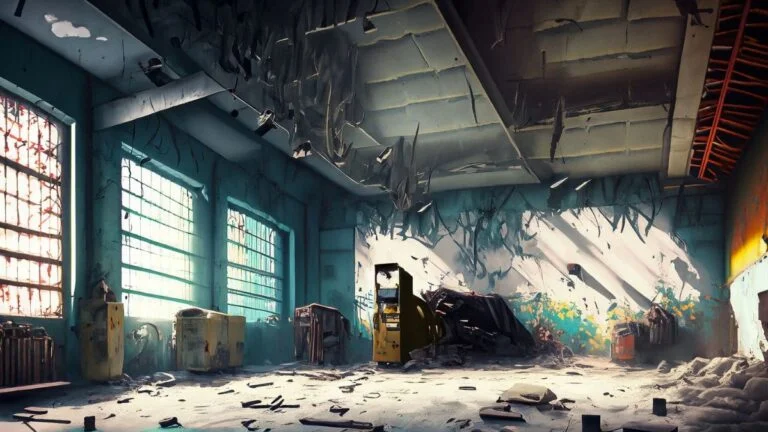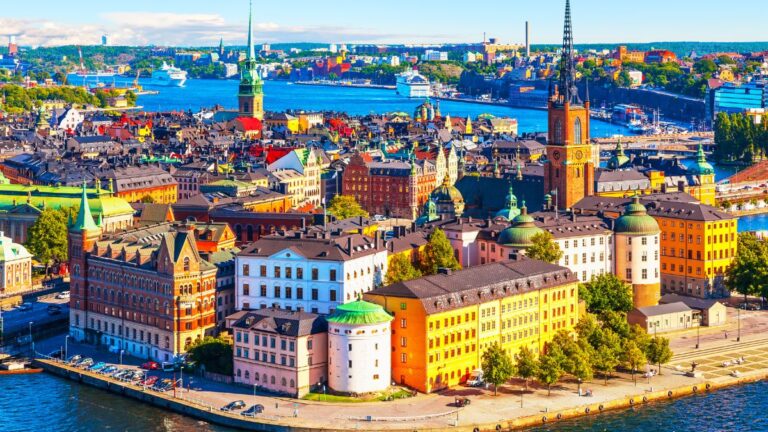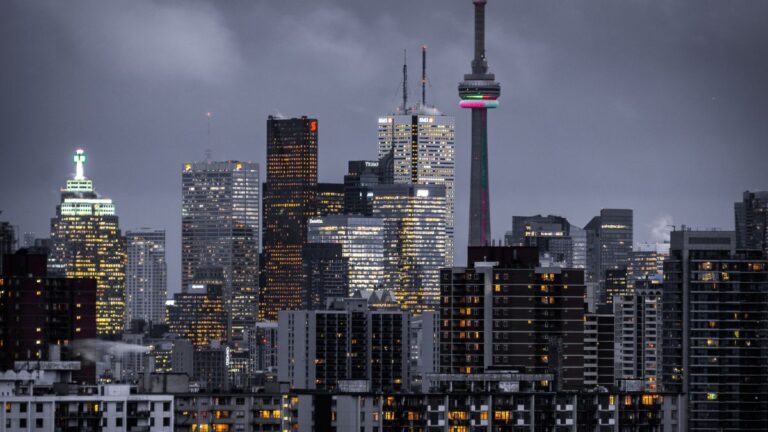Budapest Vs. Bucharest: Exploring the Capitals’ Unique Charms
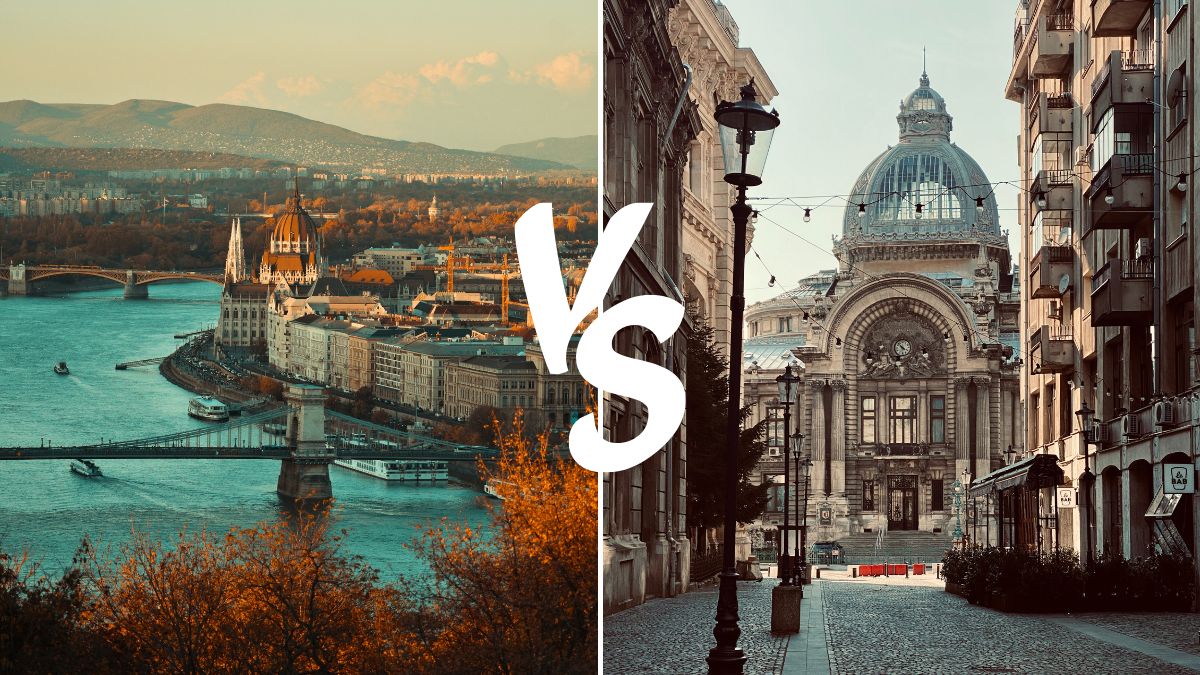
As participants in Amazon Associates and other programs, we earn from qualifying purchases. This comes at no additional cost to you. For more details, see our Affiliate Disclosure.
Two cities, often mistaken due to their similar sounding names, but each with their unique identities and cultural depths – Budapest, the iconic Hungarian capital with its architectural grandeur and thermal baths, and Bucharest, Romania’s vibrant and dynamic capital known for its eclectic mix of history and modernism.
In our journey today, we delve into the distinct allure of Budapest and Bucharest, exploring their captivating sights, tantalizing cuisacies, and the intoxicating vibrance that makes them two of the most intriguing European capitals. So, buckle up for an engaging comparison of Budapest vs Bucharest, as we spotlight their unique charms that beckon travellers from all around the globe.
The Tale of Two Cities: An Overview
Budapest, Hungary’s capital, is often referred to as the ‘Paris of the East’ due to its stunning panorama, enriched by the Danube River which divides it into two halves – Buda, the hilly and historic part, and Pest, the flat and vibrant section, teeming with modern cafes, bars, and shops.
Renowned for its architectural gems like the Hungarian Parliament Building, Fisherman’s Bastion, and the Buda Castle, Budapest’s charm is underpinned by its rich history that seeps through its thermal baths, ruin bars, and gastronomic delights.
On the other hand, Bucharest, the capital of Romania, with its pulsating energy and eclectic mix of old and new, gives it a unique character that’s hard to ignore. Once dubbed as ‘Little Paris,’ Bucharest’s architecture is a fusion of neoclassical, communist, and modern styles. The city boasts the world’s heaviest building – the Palace of the Parliament, and hosts a vibrant mix of cultural festivals, art galleries, and sprawling parks.
Despite its tumultuous past under communist rule, Bucharest today is a thriving city, offering a diverse array of experiences, from its atmospheric Old Town, teeming with cafes and bars, to the tranquility of Herastrau Park and the Village Museum.
Architectural Grandeur: From Budapest’s Parliament to Bucharest’s Parliament Palace
Budapest and Bucharest, though vastly different, both stand as marvelous showcases of architectural grandeur, narrating stories of their past through the brick and mortar of their iconic buildings.
In Budapest, the crowning jewel is undoubtedly the Hungarian Parliament Building. Constructed in the neo-Gothic style, the building sits majestically by the Danube, offering a breathtaking sight, particularly at night when it is illuminated against the dark skies.
Its intricate design, symmetrical façade, and the iconic red dome make it one of Europe’s oldest legislative buildings and a marvel of 19th-century architecture. Another significant icon of Budapest is the Buda Castle, a historical palace complex of the Hungarian kings, perched on Castle Hill offering stunning views over the city.
Bucharest, on the other hand, takes pride in the colossal Palace of the Parliament. Touted as the world’s heaviest building, it is a testament to Romania’s communist era. The building’s sheer size, paired with its intricate interiors filled with marble, chandeliers, and heavy curtains, leaves visitors awestruck. A walk through its rooms is akin to stepping back in time, a stark reminder of the country’s past.
Bucharest is also home to a wide array of architectural styles. The Arch of Triumph, inspired by the one in Paris, the Romanian Athenaeum, with its circular structure and high dome, or the Old Town’s quaint, sometimes crumbling, buildings all contribute to the city’s architectural tapestry.
The Heartbeat of the Cities: Exploring Budapest’s and Bucharest’s Vibrant Nightlife
As the sun sets, the vibrant nightlife of both Budapest and Bucharest comes alive, each offering unique experiences that add an extra dash of charm to these captivating cities.
In Budapest, a city that effortlessly marries the old with the new, the concept of “ruin bars” is a testament to this union. Nestled within the dilapidated buildings of the old Jewish quarter, these bars are renowned worldwide for their eclectic decor and vibrant atmosphere. Szimpla Kert, the first and most iconic of these, offers a kaleidoscope of experiences, with its mismatched furniture, vibrant murals, and different themed rooms.
On the other hand, the luxurious Aria Hotel’s rooftop bar provides a more sophisticated experience, with panoramic city views, making it an ideal spot to sip on Hungarian wines while soaking in the sight of illuminated monuments.
Bucharest, touted as “The City That Never Sleeps”, competes favorably with its lively nightlife. The Old Town, or ‘Centrul Vechi’, transforms into a party hub as night falls, with streets echoing with music, laughter, and clinking glasses. Venues like Control Club and Expirat, play a pivotal role in Bucharest’s alternative music scene.
For a more upscale experience, one can head to the chic bars in the north of the city, near Herăstrău Park, where you can indulge in Romania’s popular drink, ‘țuică’, amidst a fashionable crowd.
A Gastronomic Journey: Hungarian and Romanian Cuisines
Taking a gastronomic journey through Budapest and Bucharest provides an incredible chance to explore the unique flavors, traditional dishes, and culinary heritage that both Hungary and Romania take great pride in.
In Budapest, Hungarian cuisine, rooted in traditions and influenced by various cultures, beckons food lovers with its diverse range of dishes. The most iconic is perhaps the Hungarian Goulash, a hearty stew brimming with meat, vegetables, and a generous dose of paprika.
The city also boasts an array of delightful pastries, with chimney cake, or ‘Kürtőskalács’, being a must-try. Budapest’s vibrant food scene also features ‘ruin pubs’, which often serve a variety of local and international dishes alongside their unique drink selections, providing a complete sensory experience.
Meanwhile, Bucharest offers a taste of Romania’s rich culinary heritage. The cuisine here is a flavorful mix of hearty meats, fresh vegetables, and aromatic herbs. ‘Mămăligă’, a cornmeal porridge often likened to polenta, and ‘sarmale’, cabbage rolls filled with mincemeat, are traditional dishes that leave a lasting impression.
Romanian ‘covrigi’, similar to pretzels, are a popular street food, perfect for a quick bite while exploring the city. Bucharest is also known for its wine bars and beer houses, serving a range of local wines and craft beers.
The Spirit of the Danube: Comparing the Riverfront Experiences
The mighty Danube River, flowing through the heart of Europe, lends a unique charm to both Budapest and Bucharest, offering distinct riverfront experiences that are integral to the identities of these capital cities.
Budapest is famously bisected by the Danube, separating the city into Buda and Pest, each with its unique appeal. The river provides some of the city’s most iconic views, with landmarks like the Hungarian Parliament Building, Buda Castle, and the Chain Bridge majestically lining its banks.
A cruise along the Danube is a quintessential Budapest experience, particularly enchanting at night when the city lights dance on the water’s surface. The river also serves as a hub of activity, with locals and tourists alike frequenting the scenic riverside promenades for leisurely walks, picnics, and cultural festivals.
While Bucharest isn’t directly situated on the Danube, the river’s spirit is captured in the city through its close proximity and influence. Approximately 60 km away, the Danube offers Bucharest residents and visitors access to unique experiences like visits to the Danube Delta, one of the largest and best-preserved deltas in Europe, known for its extraordinary biodiversity.
Furthermore, the city’s Dâmbovița River, a tributary of the Danube, plays a vital role in the city’s identity, with waterfront parks and bridges providing serene spots for relaxation and recreation.
Stepping Back in Time: Museums and Historical Sites
Both Budapest and Bucharest boast a rich tapestry of history, with numerous museums and historical sites offering visitors a chance to journey back in time and delve deeper into the cultural narratives that have shaped these cities.
In Budapest, history comes alive at every corner. The iconic Buda Castle, a UNESCO World Heritage site, offers insight into Hungary’s royal past, while the House of Terror Museum provides a haunting yet important look into the atrocities of the Nazi and Soviet regimes.
The Hungarian National Museum houses a vast collection of artifacts covering Hungarian history, culture, and art, from prehistoric times to the present day. Not to forget, the Dohány Street Synagogue, the largest synagogue in Europe, stands as a symbol of Budapest’s Jewish heritage.
Bucharest, too, offers a vibrant historical scene. The Museum of the Romanian Peasant gives an in-depth view into the traditional rural life of Romania. The Village Museum, an open-air ethnographic museum, showcases traditional Romanian village life with over 200 buildings from all over the country.
Perhaps the most iconic historical site is the Palace of the Parliament, a lasting legacy of communist dictator Nicolae Ceaușescu’s rule, where visitors can explore some of its 1000+ rooms on a guided tour. The Memorial of the Victims of Communism and of the Resistance offers another perspective on this period, remembering those who suffered.
Soaking in Serenity: Budapest’s Thermal Baths vs. Bucharest’s Parks and Gardens
From Budapest’s therapeutic thermal baths to Bucharest’s lush parks and gardens, both cities offer serene spots to escape the urban hustle and bustle and unwind amidst nature and tranquility.
Budapest is renowned worldwide for its thermal baths, a legacy of the Ottoman rule. The Széchenyi Thermal Bath, located in the heart of the city park, is the largest medicinal bath in Europe, boasting 18 pools with varying temperatures.
Soaking in these healing waters, under the ornate, neo-baroque architecture, is a quintessential Budapest experience. The Gellért Baths, another Budapest highlight, offer an equally restorative experience, with their stunning Art Nouveau design adding to the sense of tranquillity.
Bucharest, although without thermal baths, presents a different kind of serenity with its impressive array of parks and gardens. Herastrau Park, the city’s largest, offers a welcome respite with its sprawling green spaces, a large lake for boating, and the charming Village Museum.
Another gem, Cismigiu Gardens, the city’s oldest public garden, features enchanting footpaths, an artificial lake, and romantic bridges. The Botanical Garden is a verdant paradise, boasting over 10,000 species of plants and a beautiful greenhouse that is a tourist favorite.
The Creative Pulse: Art and Music in Budapest and Bucharest
Art and music are powerful cultural expressions that pulse through the veins of Budapest and Bucharest, offering vibrant displays of creativity that shape the identities of these European capitals.
Budapest’s art scene is a blend of the classic and the contemporary. The Hungarian National Gallery houses an impressive collection of Hungarian art, from medieval times to the 20th century. For contemporary art lovers, the Ludwig Museum offers an array of modern and contemporary works, often showcasing Hungarian artists in a global context.
Street art is also flourishing, particularly in the Jewish quarter, where colorful murals bring life to the old walls. Musically, Budapest is the birthplace of world-renowned composers like Franz Liszt and Béla Bartók. The city’s love for music is evident in its grand concert halls, such as the Hungarian State Opera House, and the lively music festivals like Sziget that attract global audiences.
Bucharest’s art scene, too, is diverse and vibrant. The National Museum of Art of Romania, housed in the former royal palace, exhibits a vast collection of Romanian and European art. Street art is gaining momentum, with projects like Street Delivery encouraging artists to transform the city’s walls into visual narratives. The music scene in Bucharest is eclectic, with genres spanning from classical to electronic.
The Romanian Athenaeum, with its majestic dome and columns, is a significant cultural venue, hosting classical music concerts, while clubs like Control Club echo with alternative and indie music, testament to the city’s thriving underground scene.
Unforgettable Experiences: Unique Attractions in Budapest and Bucharest
Each city, with its unique charm and character, offers a host of unforgettable experiences and attractions that make a visit to Budapest or Bucharest truly memorable.
In Budapest, apart from its stunning architecture and thermal baths, the city’s labyrinthine cave system offers a unique attraction. The Pál-völgyi and Szemlő-hegyi caves provide an adventurous exploration of Budapest beneath the surface. A visit to the Great Market Hall, a bustling three-tiered indoor market, offers a sensory delight, brimming with Hungarian specialties, handicrafts, and local buzz.
For literature enthusiasts, the Szabo Ervin Library, housed within the Wenckheim Palace, offers an enchanting quietude amidst opulent interiors.
In Bucharest, the quirky and fascinating Dimitrie Gusti National Village Museum should not be missed. This open-air ethnographic museum offers a journey through rural Romanian life with over 200 traditional buildings from all over the country brought here in the heart of the city.
The Macca-Vilacrosse Passage, a covered arcade with a forked shape, lined with cozy cafes, offers a picturesque spot for a leisurely drink. A visit to the stunning Bellu Cemetery, Bucharest’s largest and most famous cemetery, might sound unusual, but it provides a unique insight into the city’s history and features striking funerary art.
The Verdict: Which City Captures Your Heart?
After our in-depth exploration of Budapest and Bucharest, it’s clear that both cities are bursting with cultural richness, historical narratives, unique experiences, and vibrant energy. Yet, the city that captures your heart may depend on your personal interests and travel preferences.
If you’re fascinated by architectural grandeur, enticed by thermal baths, and have a penchant for diverse culinary delights and eclectic nightlife, then Budapest might hold a special allure for you. The city’s stunning panorama, the blending of Buda’s historical charm with Pest’s modern vibrancy, and the enriching experiences on offer make it a captivating destination for many.
On the other hand, if you’re intrigued by the merging of old and new, captivated by a dynamic art and music scene, and love the idea of immersing yourself in large, green urban parks, Bucharest could be your city of choice. Its vibrant energy, the fusion of architectural styles, and the abundant cultural experiences offer a unique character that’s hard to resist.
In the end, whether Budapest’s enchanting allure or Bucharest’s vibrant charm wins you over, both cities guarantee unforgettable experiences filled with captivating history, rich culture, and warm hospitality. So why not let your heart decide and give both cities a chance to captivate your traveler’s soul?


